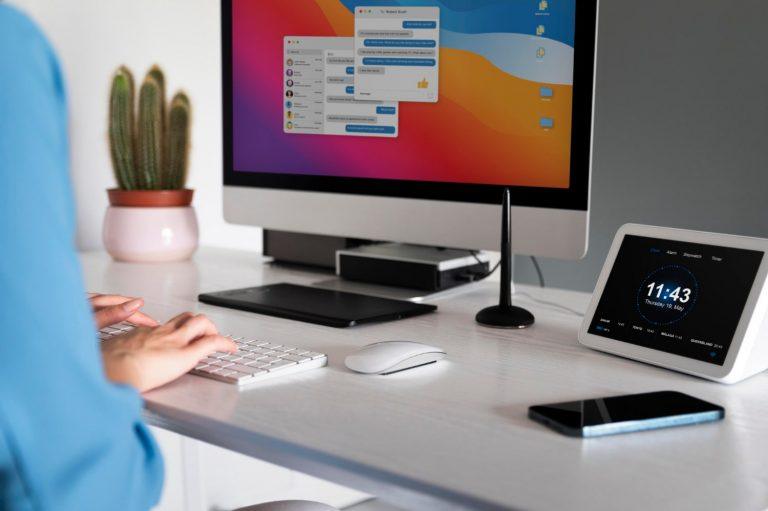Starting a profitable blog today isn’t just a dream—it can be your reality. If you’ve ever thought about sharing your passion, expertise, or creativity with the world, you’re in the right place. Blogging can be a powerful tool not just for self-expression, but for building a sustainable income. Whether you want to monetize your knowledge or simply share your journey, these 10 simple steps will guide you to create a blog that not only attracts readers but also converts them into loyal followers and customers.
Contents
Why Start a Blog?
Blogging is more than just putting words on a screen. It’s about connecting with people, sharing ideas, and building a community. You might be wondering, “Why does it matter?” Because in a rapidly changing digital landscape, a blog allows you to establish your voice, showcase your expertise, and create a platform that can lead to numerous opportunities—be it freelance work, affiliate marketing, or even launching your own products.
Let’s dive into how you can start your journey.
Step 1: Define Your Niche
Your niche is your blog’s heart. It’s what sets you apart from the millions of other bloggers out there. Choose something you’re passionate about—something that excites you so much you could talk about it for hours. Here are a few questions to help you find your niche:
- What are your hobbies?
- What problems can you solve for others?
- What are you knowledgeable about?
Once you pinpoint your niche, you’ll attract the right audience who resonates with your content.
Step 2: Choose Your Blogging Platform
When it comes to starting a blog, your choice of platform matters. WordPress is a popular choice for many bloggers due to its flexibility and user-friendliness. If you’re looking for simplicity, platforms like Wix or Squarespace could work too.
Here’s a quick comparison:
- WordPress: Highly customizable, ideal for serious bloggers.
- Wix/Squarespace: User-friendly with drag-and-drop features for beginners.
Choose a platform that fits your technical comfort level and future aspirations.
Step 3: Get Your Domain Name
Your domain name is your online identity, so make it catchy and relevant to your niche. Keep it short, memorable, and easy to spell. Aim for a domain that reflects your blog’s content or your personal brand.
Tips for choosing a domain:
- Use keywords relevant to your niche.
- Avoid numbers or hyphens.
- Check for availability on sites like Namecheap or GoDaddy.
Step 4: Set Up Your Hosting
Once you have your domain, you’ll need a hosting service to get your blog online. Consider providers like Bluehost, SiteGround, or HostGator. They offer excellent customer support and easy WordPress installations.
Remember:
- Look for reliable uptime.
- Ensure they offer good security features.
- Compare pricing and customer reviews.
Step 5: Design Your Blog
Now it’s time to make your blog visually appealing. Choose a theme that aligns with your style and is easy to navigate. WordPress offers numerous free and premium themes, so you can find one that fits your vision.
Key design tips:
- Keep it clean and uncluttered.
- Use high-quality images.
- Optimize for mobile devices.
Step 6: Create Compelling Content
Content is where your blog truly shines. Start by brainstorming topics that resonate with your audience. Your posts should be informative, engaging, and valuable.
A few content ideas:
- How-to guides
- Personal stories
- Listicles
- Product reviews
Write from the heart and let your personality shine through.
Step 7: Optimize for SEO
SEO, or Search Engine Optimization, is crucial for getting your blog noticed. Use relevant keywords throughout your posts, including your focus keyword—“start a profitable blog today”—to enhance visibility.
SEO techniques to consider:
- Include meta descriptions.
- Utilize header tags (H1, H2, H3).
- Optimize images with alt text.
For more on SEO best practices, check out Moz’s Beginner’s Guide to SEO.
Step 8: Promote Your Blog
Having great content is only half the battle; you need to promote it! Share your posts on social media platforms like Facebook, Instagram, and Twitter. Engage with your audience and join relevant online communities.
Effective promotion strategies:
- Collaborate with other bloggers.
- Use Pinterest for visual content.
- Consider email marketing to keep your audience updated.
Step 9: Monetize Your Blog
Now that you have traffic flowing to your blog, it’s time to turn those readers into revenue. There are various ways to monetize your blog:
- Affiliate Marketing: Promote products and earn a commission for each sale.
- Sponsored Posts: Collaborate with brands for paid content.
- Sell Your Products or Services: Offer e-books, courses, or consulting.
Choose methods that align with your audience’s interests and your personal goals.
Step 10: Analyze and Adapt
Blogging is an evolving journey. Use analytics tools like Google Analytics to track your blog’s performance. Look at metrics like page views, bounce rates, and user behavior. This data will help you understand what works and what doesn’t.
Key performance indicators to monitor:
- Traffic sources
- Most popular content
- Audience demographics
Be prepared to pivot. If something isn’t resonating, don’t be afraid to try new things.
Bottom Line
Starting a profitable blog today is within your reach. With these 10 simple steps, you can create a vibrant online space that reflects your passion and expertise. Remember to be authentic, stay consistent, and keep your audience at the heart of everything you do.
So, what are you waiting for? Your blogging adventure awaits!
FAQs
1. How long does it take to start a blog?
You can set up a blog in just a few hours, but building a successful one takes time and effort.
2. Do I need technical skills to start a blog?
Not at all! Most blogging platforms are user-friendly and offer plenty of resources for beginners.
3. Can I start a blog for free?
Yes, there are free platforms available, but investing in your domain and hosting provides more control and professionalism.
4. How often should I post?
Aim for consistency. Whether it’s once a week or once a month, find a schedule that works for you and stick to it.
Your voice matters, and the world is ready to hear it. Start today!







